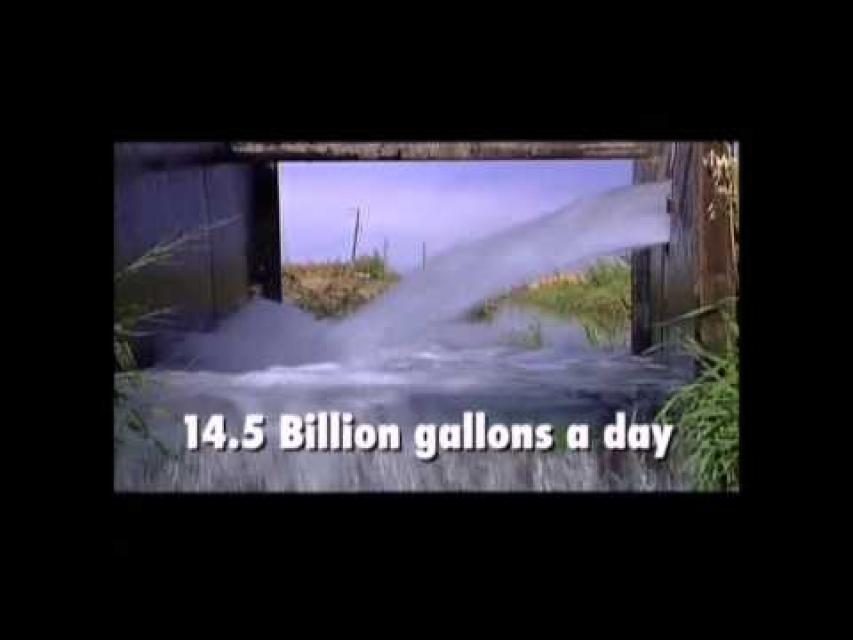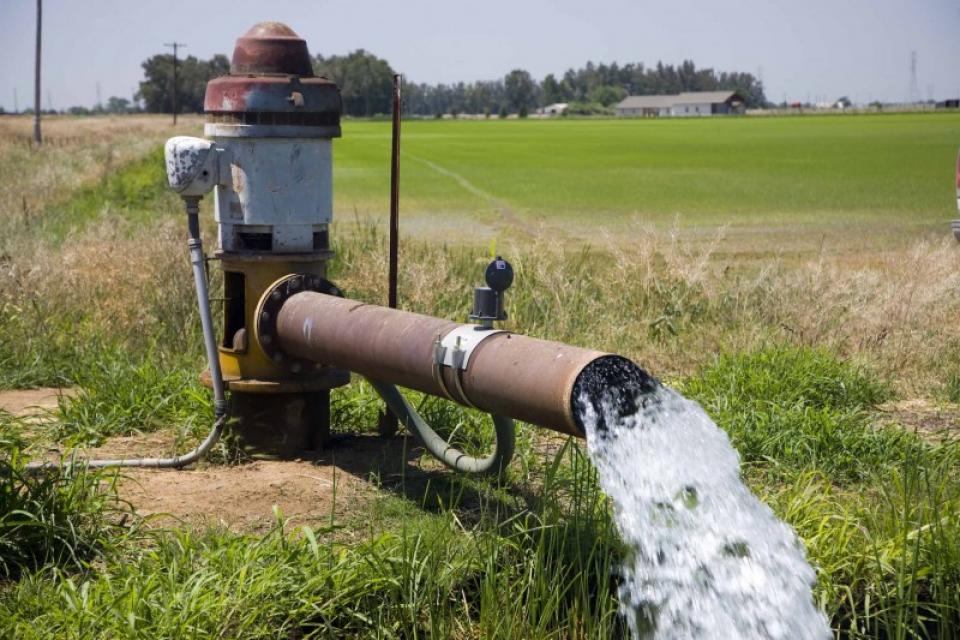Surface Water
The story of California’s surface water— water that remains on the earth’s surface, in rivers, streams, lakes, reservoirs or oceans—is one that reflects the state’s geographic complexity.
About 75 percent of California’s surface water supply originates in the northern third of the state, but around 80 percent of water demand occurs in the southern two-thirds of the state. And the demand for water is highest during the dry summer months when there is little natural precipitation or snowmelt.
Geography also affects precipitation patterns and rates. The Sierra Nevada mountain range catches clouds before they reach Nevada, and the snowpack provides significant runoff for downstream reservoirs on the Sierra Nevada’s west slope. The northwestern part of the state can receive more than 140 inches per year while the inland deserts bordering Mexico can receive less than 4 inches. In addition to the state’s runoff, California annually receives about 1.5 million acre-feet in runoff from Oregon and 4.4 million acre-feet from the Colorado River.
Consequently, the basic issues affecting California’s water supply are distribution and sharing the resource — getting the water to the right place at the right time.
Surface Water Challenges
To balance the geographic disparity between supply and demand, starting in the 1930s the federal and state governments built complex storage and distribution systems to collect surface water in northern California and move it through the Bay Delta formed by the Sacramento and San Joaquin rivers and manmade canals to farms and cities sometimes hundreds of miles away. While other projects stored and moved water east to west from the Sierras to the coast.
In a normal precipitation year, for example, about half of the state’s available surface water— 35 million acre-feet — is collected in over 1,300 local, state and federal reservoirs. This water is called “developed water” because it is managed, stored, diverted from rivers or otherwise developed for human or environmental use.
Such development of California’s surface water resources has been a diverse process performed by private companies and local, state and federal agencies, yielding a variety of benefits and problems.
On the plus side, the state has greatly improved its navigable waterways and provided water for hydroelectric power, homes, farms, industry, recreation and managed wildlife areas. Flood management projects have prevented billions of dollars’ worth of damage and countless lost lives.
The negative side of the development is that many of California’s rivers and streams, marshlands and valleys, and the fish and wildlife inhabiting these areas, have been significantly altered or destroyed. With stream channelization, 90 percent of the state’s original wetlands have disappeared. Dams and agricultural diversion on the Sacramento and San Joaquin river systems have blocked salmon spawning migrations and reduced stream flow, eliminating salmon runs in some stretches and threatening the continued survival of others.
Such diversions and movements of water over great distances have also created intense rivalries, both geographic—particularly north and south—and among agricultural, urban and environmental interest groups.
Surface Water and Groundwater
Although the state’s surface water and groundwater have traditionally been treated as separate resources, today water experts recognize they are intimately connected.
Precipitation seeps into the earth to become groundwater, later resurfacing in a spring, river, spring-fed lake or wetlands. Hydrologists estimate that as much as 30 percent of the water found in lakes or streams comes from groundwater. The use, transfer, depletion or contamination of one can directly affect the other. And unless surface water is available to recharge aquifers [see also Conjunctive Use], groundwater levels will decline and the water quality will degrade.
State, regional and local water management planners increasingly recognize the connection between groundwater and surface water and incorporate this nexus in water use strategies.
More long-term, crafting politically and economically acceptable management plans that are effective requires more detailed scientific assessments about the functions of particular aquifers, surface water-groundwater connection and associated ecosystems, and an increased and collaborative role in management at the local levels.










